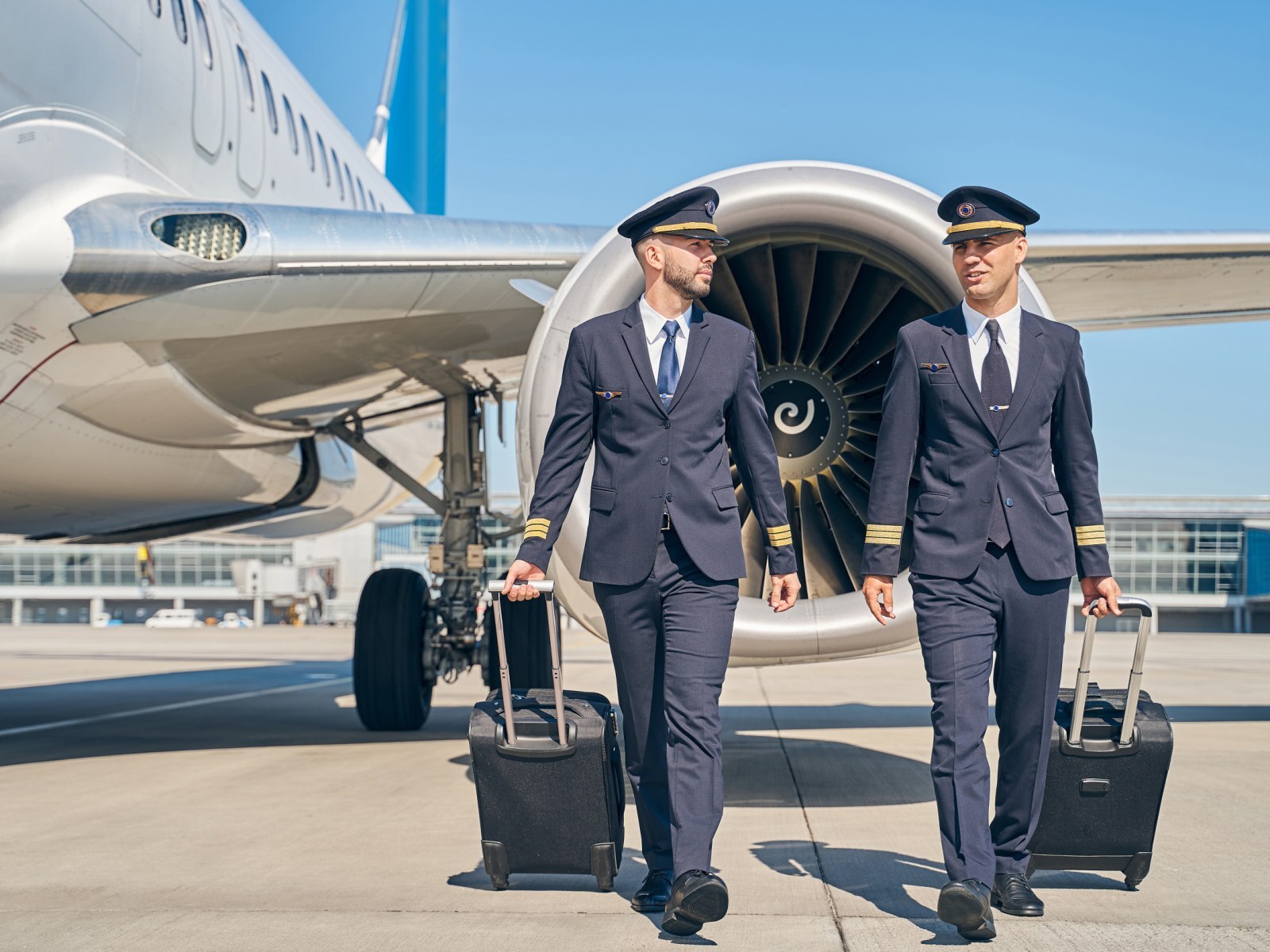
Why are airlines facing pilot shortages? The aviation industry is grappling with a significant airline pilot shortage. This issue stems from a mix of factors, including an aging workforce, stringent training requirements, and the impact of the COVID-19 pandemic. Many experienced pilots are retiring, and fewer young people are entering the profession due to the high costs and time commitment of training. Additionally, the pandemic led to furloughs and early retirements, further depleting the pool of available pilots. As travel demand rebounds, airlines struggle to keep up, leading to delays, cancellations, and increased pressure on existing staff. Understanding these challenges helps explain why the skies are less crowded with pilots today.
Key Takeaways:
- The aviation industry is facing a shortage of airline pilots due to retiring pilots, high training costs, and long training periods. This impacts airlines, leading to flight cancellations, increased salaries, and reduced routes.
- The pilot shortage is a global issue, affecting Asia, Europe, and the Middle East. Solutions include scholarship programs, cadet programs, and technological advancements. The industry is also looking at increasing diversity and potential regulatory changes to address the shortage.
Understanding the Pilot Shortage
The aviation industry faces a significant challenge: a shortage of airline pilots. This issue affects airlines, passengers, and the global economy. Here are some key facts to help you understand this complex situation.
-
Aging Workforce: Many pilots are nearing retirement age. The mandatory retirement age for airline pilots in the U.S. is 65, leading to a wave of retirements.
-
Training Costs: Becoming a pilot is expensive. Training can cost upwards of $100,000, deterring many potential candidates.
-
Long Training Period: It takes years to become a qualified airline pilot. The process includes obtaining a private pilot license, commercial pilot license, and accumulating flight hours.
Impact on Airlines
The pilot shortage has significant repercussions for airlines. It affects their operations, profitability, and ability to expand.
-
Flight Cancellations: Airlines often cancel flights due to a lack of available pilots. This disrupts travel plans and can lead to financial losses.
-
Increased Salaries: To attract and retain pilots, airlines are offering higher salaries and better benefits. This increases operational costs.
-
Reduced Routes: Some airlines have cut routes, especially to smaller cities, because they don't have enough pilots to operate all flights.
Global Perspective
The pilot shortage is not just a U.S. issue; it's a global problem affecting many countries.
-
Asia's Growing Demand: Asia, particularly China and India, has a rapidly growing aviation market. The demand for pilots in these regions is skyrocketing.
-
European Challenges: Europe also faces a pilot shortage, compounded by strict regulations and high training costs.
-
Middle East Expansion: Airlines in the Middle East, like Emirates and Qatar Airways, are expanding rapidly and need more pilots to support their growth.
Solutions and Initiatives
Various solutions and initiatives are being explored to address the pilot shortage. These efforts aim to make the profession more accessible and appealing.
-
Scholarship Programs: Some airlines and organizations offer scholarships to help cover training costs, making it easier for aspiring pilots to enter the field.
-
Cadet Programs: Airlines have developed cadet programs that provide a clear pathway from training to employment, ensuring a steady supply of new pilots.
-
Technological Advancements: Advances in flight simulators and training technology can reduce training time and costs, helping to produce more pilots efficiently.
Future Outlook
Looking ahead, the pilot shortage will continue to shape the aviation industry. Understanding the trends and potential solutions is crucial for stakeholders.
-
Increased Diversity: Efforts to attract more women and minorities to the profession could help alleviate the shortage and bring diverse perspectives to the industry.
-
Regulatory Changes: Governments may adjust regulations, such as increasing the retirement age or changing training requirements, to help address the shortage.
The Future of Airline Pilots
Airline pilot shortages are a real challenge. With an aging workforce, increased travel demand, and stricter regulations, airlines are scrambling to find qualified pilots. Training programs are ramping up, but it takes time to produce experienced aviators.
Airlines are offering better pay and benefits to attract new talent. Some are even partnering with flight schools to create a steady pipeline of future pilots. However, the high cost of training remains a barrier for many aspiring pilots.
Technology might offer some relief. Advances in automation and artificial intelligence could reduce the need for human pilots, but we're not there yet. For now, the industry must focus on making the profession more accessible and appealing.
Addressing these issues is crucial for the future of air travel. Without enough pilots, the skies might not be as friendly as they once were.
Frequently Asked Questions
Was this page helpful?
Our commitment to delivering trustworthy and engaging content is at the heart of what we do. Each fact on our site is contributed by real users like you, bringing a wealth of diverse insights and information. To ensure the highest standards of accuracy and reliability, our dedicated editors meticulously review each submission. This process guarantees that the facts we share are not only fascinating but also credible. Trust in our commitment to quality and authenticity as you explore and learn with us.


